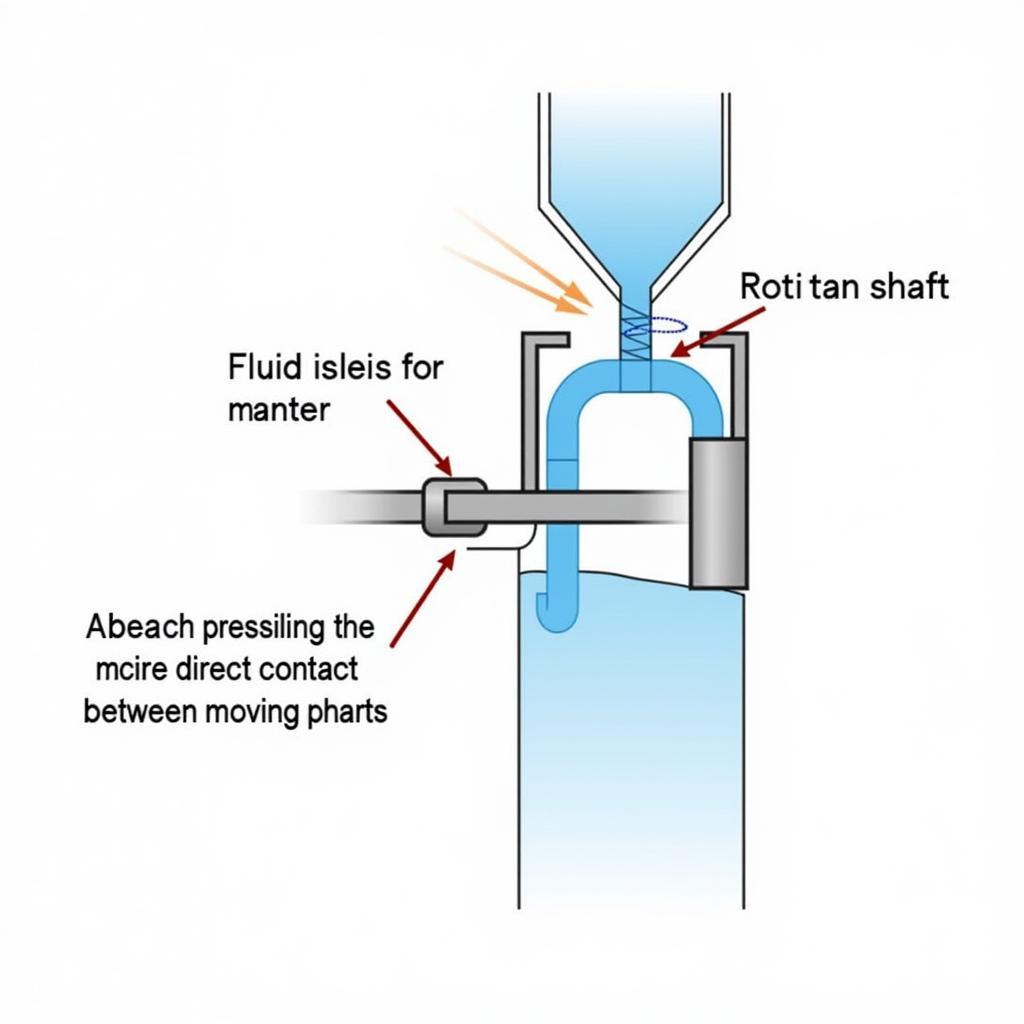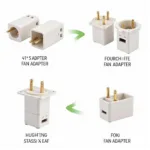Fan bearing technology plays a crucial role in the performance and longevity of cooling fans, which are essential components in various applications, from computers and laptops to gaming consoles and data centers. The type of bearing used in a fan significantly impacts its noise level, lifespan, and overall efficiency. This article delves into the intricacies of fan bearing technology, exploring the different types, their pros and cons, and how they influence your cooling solution’s effectiveness.
Types of Fan Bearings
Several fan bearing technologies are prevalent in the market, each with its strengths and weaknesses. Let’s examine the most common types:
1. Sleeve Bearings
Sleeve bearings, also known as plain bearings, represent one of the simplest and most cost-effective bearing solutions. They consist of a metal shaft rotating within a cylindrical sleeve, typically made of materials like oil-impregnated bronze or polymers. Lubrication between the shaft and the sleeve reduces friction and facilitates smooth rotation.
Pros:
- Cost-Effective: Sleeve bearings are generally the most affordable option.
- Quiet Operation: They tend to produce minimal noise, making them suitable for noise-sensitive applications.
Cons:
- Limited Lifespan: Sleeve bearings are susceptible to wear and tear over time, especially at high temperatures or under heavy loads.
- Friction and Heat: Compared to other bearing types, sleeve bearings generate more friction, which can lead to increased heat and reduced efficiency.
2. Ball Bearings
Unlike sleeve bearings, ball bearings utilize small, hardened steel balls housed within a raceway to minimize friction between the rotating and stationary parts of the fan. This design enables smoother and more efficient rotation with reduced friction.
Pros:
- Durability: Ball bearings offer enhanced durability and a longer lifespan compared to sleeve bearings.
- Higher RPM and Performance: They can handle higher rotations per minute (RPM), resulting in increased airflow and cooling performance.
Cons:
- Noise Level: Ball bearings can generate a noticeable whirring sound, especially as they age.
- Cost: Ball bearing fans are generally more expensive than sleeve bearing fans.
3. Fluid Dynamic Bearings (FDB)
Fluid dynamic bearings represent an advanced bearing technology that utilizes a thin layer of pressurized fluid to support the fan’s rotating shaft. This fluid, often oil, creates a dynamic film that eliminates direct contact between the moving parts, resulting in exceptionally smooth and quiet operation.
Pros:
- Exceptional Quietness: FDB fans are renowned for their near-silent operation, making them ideal for noise-critical environments.
- Longevity and Durability: The self-lubricating nature of FDBs ensures minimal wear and tear, contributing to an extended lifespan.
- High Performance: FDBs can operate efficiently at various speeds and orientations, making them suitable for demanding applications.
Cons:
- Cost: FDB technology is more complex and expensive than both sleeve and ball bearings.
 Fluid Dynamic Bearing Mechanism
Fluid Dynamic Bearing Mechanism
Which Fan Bearing Technology is Right for You?
The choice of fan bearing technology depends on specific needs and priorities.
- Budget-conscious users: Sleeve bearing fans offer the most affordable solution, suitable for general-purpose computing and situations where noise is not a primary concern.
- Performance enthusiasts and gamers: Ball bearing fans, with their higher RPM capabilities and enhanced durability, are ideal for demanding tasks like gaming, video editing, and overclocking.
- Silence seekers and professionals: FDB fans excel in quiet environments like home theaters, recording studios, and workstations where noise pollution is undesirable.
Conclusion
Understanding the nuances of fan bearing technology empowers users to make informed decisions when selecting cooling solutions for their devices and systems. Whether prioritizing cost-effectiveness, performance, or noise reduction, careful consideration of bearing type ensures optimal cooling efficiency and system longevity. For personalized advice on choosing the right fan bearing technology for your needs, contact our team of experts at [Phone Number], email us at [Email Address], or visit our office located at [Address]. We’re available 24/7 to assist you.








